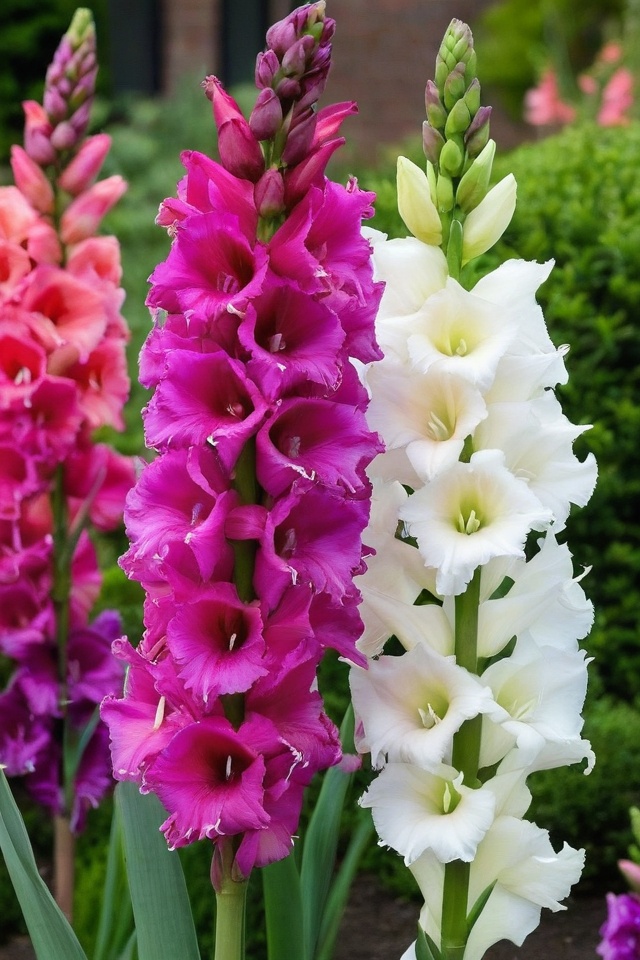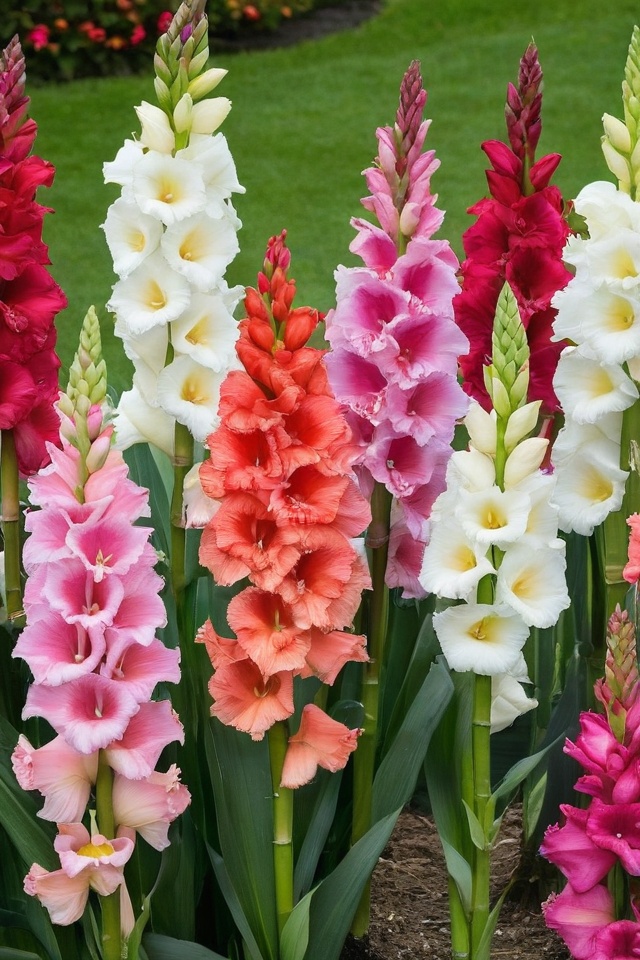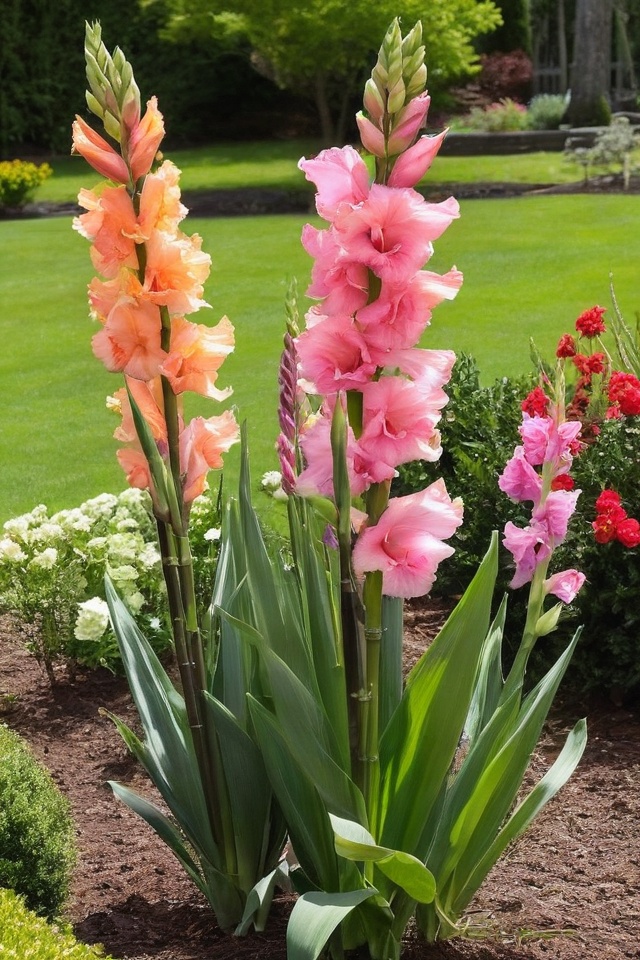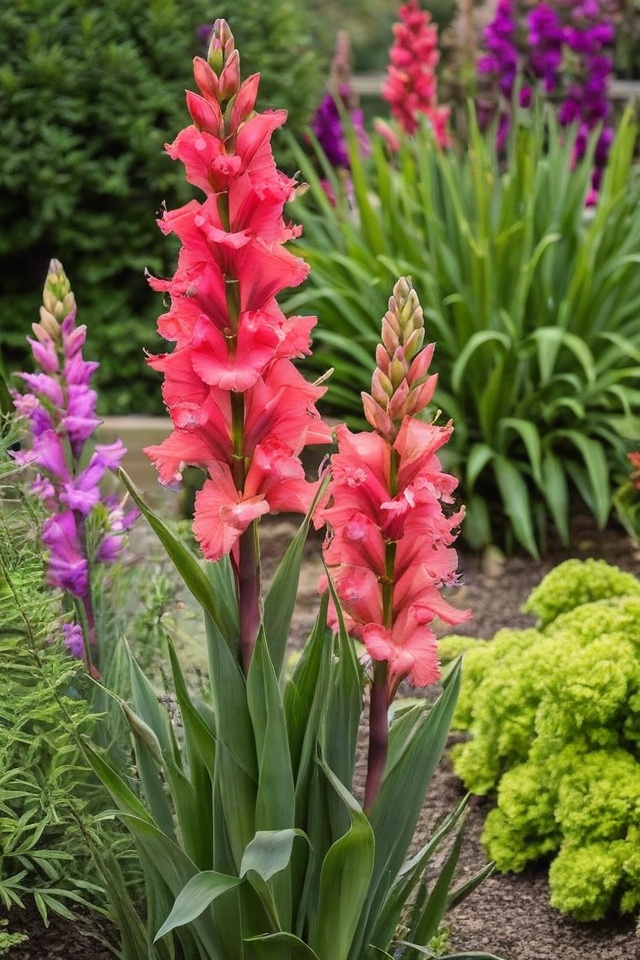Want stunning gladiolas in your garden?
It’s easier than you think!
With just 8 simple tactics, you can grow beautiful gladiolas. Follow these steps and watch your garden bloom.
Ready to make your garden pop?
Let’s get started!
Pick the Right Spot

First things first, pick a spot in your garden that gets plenty of sunlight. Gladiolas love the sun, and they need at least six hours a day to thrive.
Also, make sure the soil drains well to prevent those roots from getting soggy. A sunny, well-drained spot is basically a gladiola paradise.
Prep the Soil
Before you plant, get that soil ready. Loosen it up and mix in some compost or organic matter.
This will give your gladiolas the nutrients they need to grow strong. Good soil equals happy plants, plain and simple.
A little prep work goes a long way here!
Planting Time

Now for the fun part: planting the corms. Dig holes about 4 inches deep and place the corms with the pointed end facing up.
Space them about 6 inches apart so they have room to grow. Cover them up with soil and give them a good drink of water.
Watering
Gladiolas don’t like it too wet or too dry – they’re a bit Goldilocks about their water. Keep the soil evenly moist, but be careful not to overwater.
A good rule of thumb is to water them when the top inch of soil feels dry. A soaker hose can make this super easy.
Fertilizing

Fertilizer is like a magic potion for gladiolas. Use a balanced fertilizer every few weeks during the growing season to keep them happy.
A 10-10-10 ratio works great. Just mix it in with the water and feed those hungry plants.
Support the Stalks
Once your gladiolas start growing tall, they might need a little support. Use stakes or garden ties to keep the stalks upright.
Trust me, you don’t want them falling over just as they’re about to bloom. That would be a bummer.
Deadheading the Blooms

When flowers start to fade, go ahead and snip them off. This is called deadheading, and it helps the plant focus its energy on producing new blooms.
Plus, it keeps your garden looking fresh and tidy. Win-win!
Winter Care
In colder climates, you’ll need to dig up the corms before winter hits. After the first frost, lift the corms, let them dry out, and store them in a cool, dry place.
In milder climates, you can leave them in the ground and just add a bit of mulch for protection.

